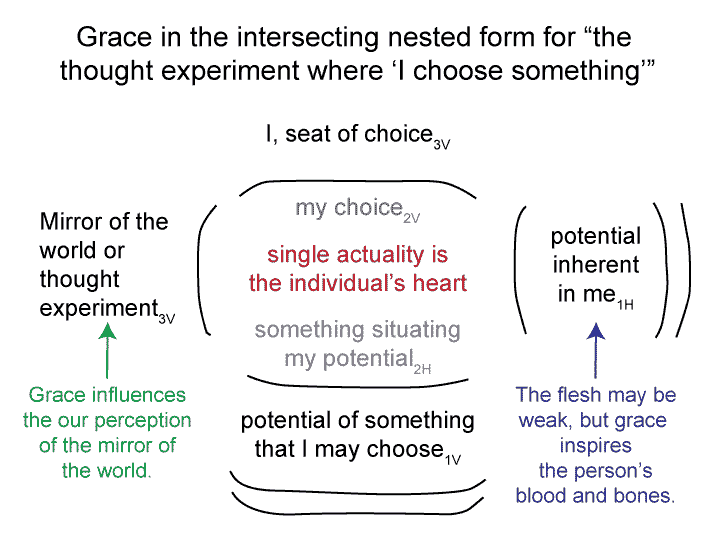Man and Sin by Piet Schoonenberg (1964) 2.3 BAG
[This resonates with ‘I, seat of sight3V’ discerning new ‘possibilities inherent in the something that scatters light1V’.
The horizontal relation alters the single actuality shared with the vertical relation.]

